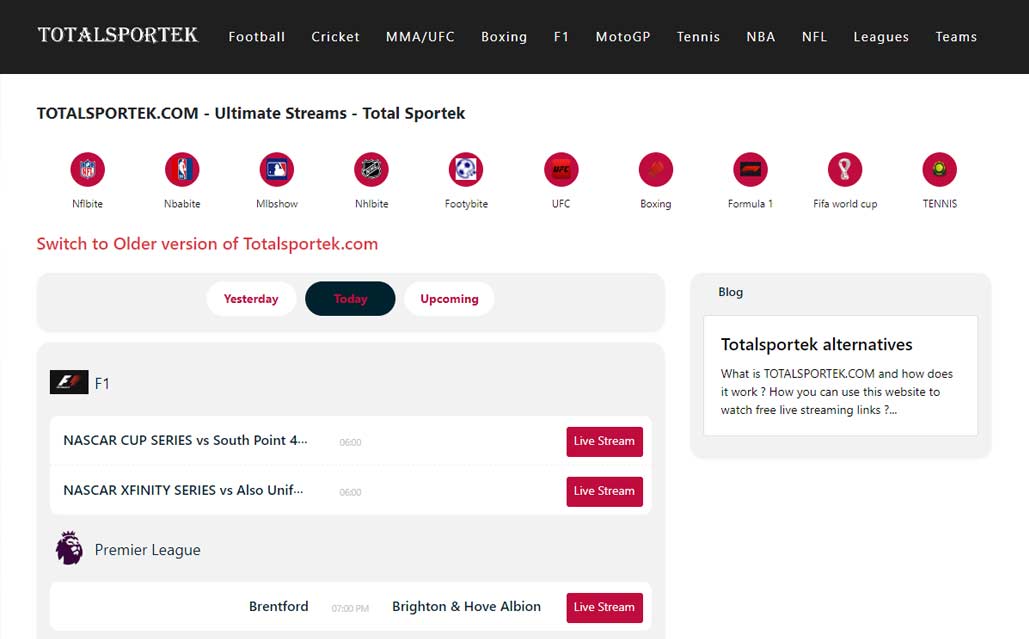Behavioral health services are an indispensable element of inpatient care. Unfortunately, they are frequently poorly incorporated with other departments and medical team members. This can result in treatment delays and poor patient outcomes. Integration of behavioral health is an essential topic that receives a great deal of attention from both providers and payers; therefore, hospitals must improve their systems so that patients receive the best possible care. Here are some strategies for improving behavioral health integration in your hospital:
Increase Access To Behavioral Health Services
Increasing access to mental health services is the following stage. According to Julian Mitton, MD, this can be done by ensuring a smooth transition between inpatient care and outpatient services, linking the ICU and mental health departments, improving patient experience with a team approach, and training staff on how to recognize at-risk patients.
Develop A Seamless Transition Process Between Inpatient Care And Outpatient Services
To notify patients of their community-based program eligibility, make sure staff can hear electronic medical records aka EMRs. This allows them to easily share information with psychiatrists or primary care doctors treating the patient’s mental health issues. Doctors must advise patients on how to use local resources after they return home so they can continue treatment and avoid incarceration.
Improve The Patient Experience With The Team Approach
The team approach to care is a critical component of behavioral health integration. The goal is to ensure that patients receive continuity of care from their provider team, even if this includes multiple providers from different institutions.
To achieve this, all members of your healthcare Julian Mitton, MD team should be aware of each other’s roles and responsibilities for managing your overall health needs. They should also know how best to communicate with one another about your situation so they can coordinate care effectively at all times.
Build A Better System For Integrating Behavioral Health And Inpatient Care
The first move is to create a better structure for integrating inpatient care and behavioral health. This entails a seamless changeover between the two, with team member dialogue and mental health assessments included.
All staff members should receive training on how to deal with patients who might have mental illnesses or are going through emotional crises because these abilities can help avoid needless hospitalizations and make sure that anyone who requires inpatient treatment gets it right away.



